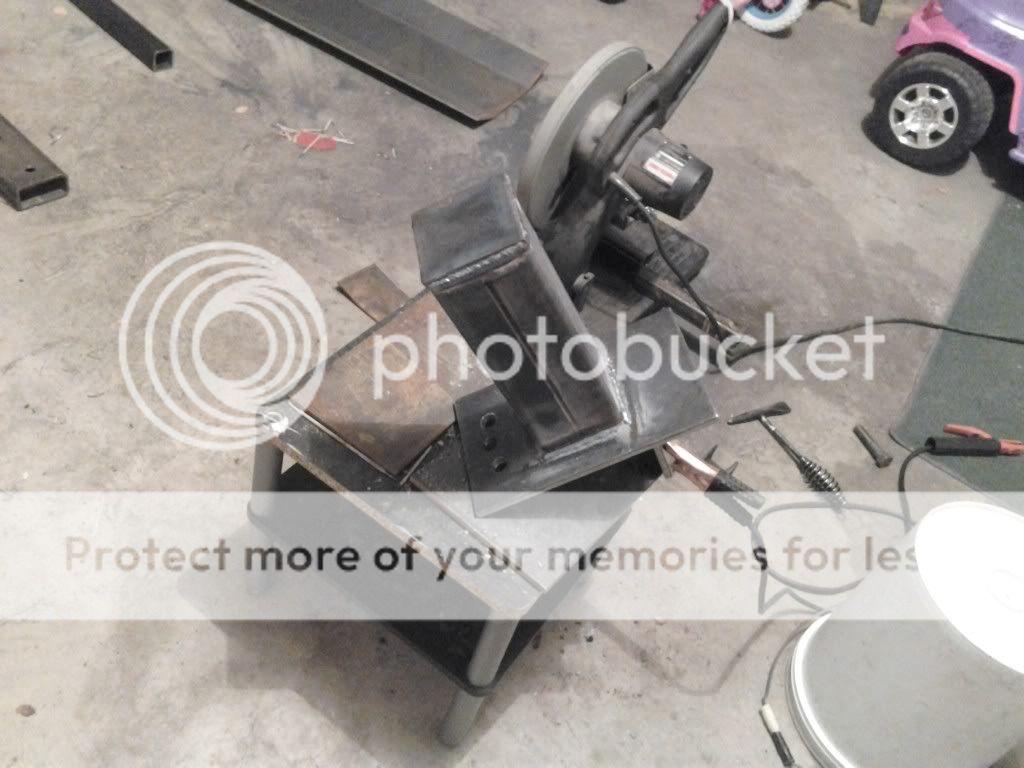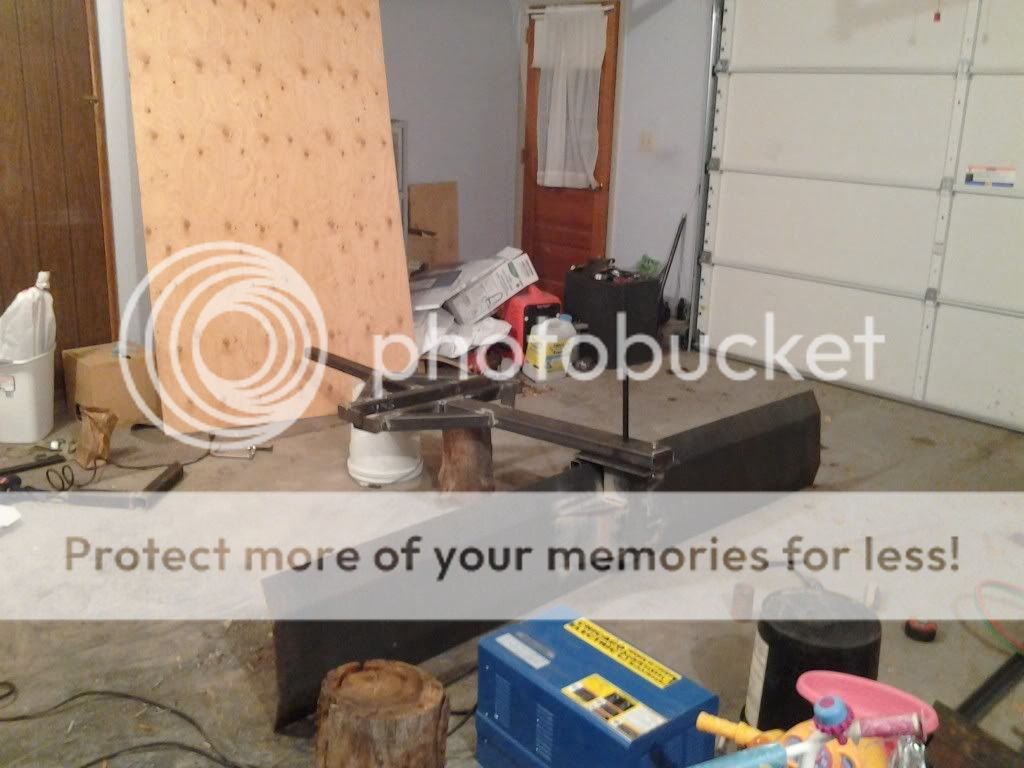I think its too light for structural work like that. I just finished a project building a 'toolbar', an 8 ft wide crossbar behind my 1800 lb, 18 hp tractor that has several short chains back to a spike harrow pulled behind. (The spike harrow has to float over bumps). It is quite possible for the spike harrow to hit something and halt the tractor with the tires slipping, to give an idea of the strength I need on this project. I expect a jeep is in a similar range of stress.
I started fabricating the toolbar mounts with my 90A Flux welder using .035 flux wire - then looked at it and got out the stick welder to complete the project. If the 90A welder won't put down a heavy enough bead to stand up to an 18 hp tractor then I wouldn't fabricate a Jeep winch bumper or shock mount with it.
I'm just making this up but I suspect these flux welders are used all over China to fabricate all that just-good-enough furniture at Wallmart and Target. The stuff with the crude welds underneath. I don't think it is suitable for anything on a jeep heavier than an exhaust pipe hanger - maybe not even that if the pipe will drag the ground occasionally.
I paid $50 for an old (1960's) 230AC stick welder. It works fine for my farm fabrication. I've never torn up anything I built. Or pay more for DC if anyone is going to see your welds.

I suggest start by searching Craigslist.













